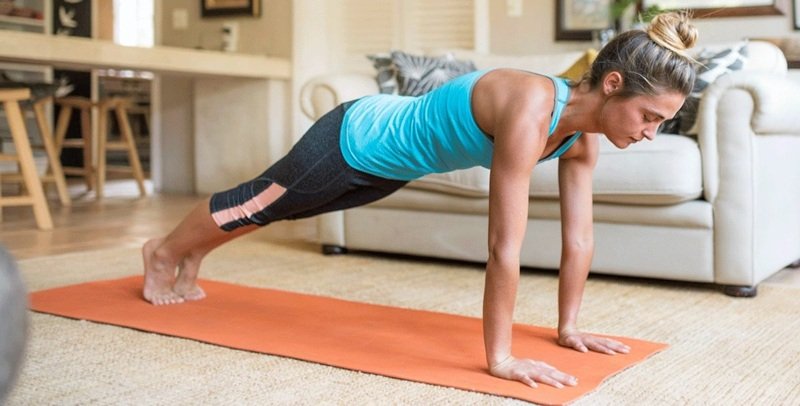Finding time for fitness isn’t always easy. Between work, travel, family responsibilities, and unpredictable schedules, many people struggle to visit a gym consistently. Yet staying active doesn’t require fancy machines or memberships. With the right approach, anyone can build a healthy routine right at home — even in small apartments or shared living spaces.
This guide offers easy, equipment-free workouts suited for Indian lifestyles, limited space, and busy days.
Why home workouts work so well
Home workouts solve some common barriers:
- no commute to a gym
- flexible timing
- zero equipment cost
- privacy for beginners
- ability to exercise in small spaces
- adaptable intensity for any fitness level
They’re especially helpful during hot summers, monsoons, exam seasons, or hectic office deadlines.
Start with a warm-up
A quick warm-up prevents injuries and boosts performance. Spend 3–5 minutes on:
- marching in place
- arm circles
- shoulder rolls
- gentle twists
- ankle rotations
This gets your blood flowing and prepares your joints for movement.
Full-body routine for beginners
Here’s a simple routine anyone can follow. Do each exercise for 30–40 seconds with a 20-second rest in between.
1. Squats
Strengthens legs and improves posture. Keep heels down and back straight.
2. Wall push-ups
Ideal for beginners and easier on the shoulders than floor push-ups.
3. Standing knee lifts
Good for core stability and balance.
4. Side leg raises
Helps with hip strength and mobility.
5. Marching with arm swings
A low-impact cardio move perfect for all ages.
Complete 2–3 rounds for a full session.
A more energetic routine for intermediate levels
If you want something more challenging, try:
- regular push-ups
- mountain climbers
- reverse lunges
- plank holds
- quick toe taps
These exercises elevate the heart rate and strengthen major muscles.
Space-saving exercises for small rooms
Many Indian households don’t have large exercise areas, so compact movements work best:
- narrow-stance squats
- standing abs routines
- static lunges
- glute bridges on a yoga mat
- step-ups using a sturdy stool
A corner of the living room is often more than enough.
Cooling down the right way
Finish workouts with a calm 2–3 minute stretch:
- hamstrings
- calves
- shoulders
- neck
- back
Cooling down reduces stiffness and aids recovery.
Building a routine that actually lasts
A fitness plan doesn’t succeed because of intensity — it succeeds because of consistency. Try these simple strategies:
- set short sessions (10–20 minutes)
- mark your workout days
- choose mornings if evenings are hectic
- avoid comparing yourself with others
- track small progress (time, reps, energy levels)
A routine that feels manageable is easier to maintain.
Home workouts for different needs
Whether your goal is energy, mobility, or stress relief, home exercises can be tailored easily.
For energy
- jumping jacks
- fast marches
- light jogging in place
For strength
- squats
- dips using a chair
- planks
For flexibility
- yoga-inspired stretches
- hip openers
- shoulder mobility drills
For stress relief
- long exhalation breathing
- gentle twists
- slow balancing exercises
These movements help reset your body after long work hours or screen time.
Digital tools that support home fitness
Many people in India rely on simple apps and mobile tools to stay consistent. Reminders, timers, and quick workout videos help structure the day. Alongside these apps, users often save a few helpful websites in their bookmarks — from fitness pages to general-use links such as Top X depending on their browsing habits.
This mix of tools keeps motivation high.
Staying safe while working out at home
Safety is key, especially when exercising alone.
- avoid slippery floors
- wear supportive footwear if needed
- maintain proper form
- increase intensity gradually
- stop immediately if you feel pain
Listening to your body prevents long-term issues.
Final thoughts
Home workouts offer an accessible, flexible, and affordable way to stay healthy. With short routines, small-space-friendly movements, and a bit of consistency, anyone can build strength, increase energy, and improve overall well-being — all without stepping outside or investing in equipment.



